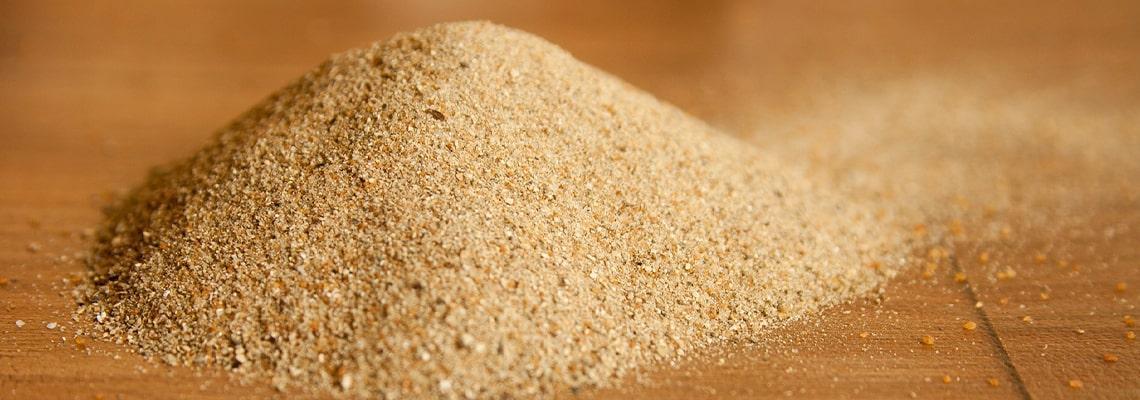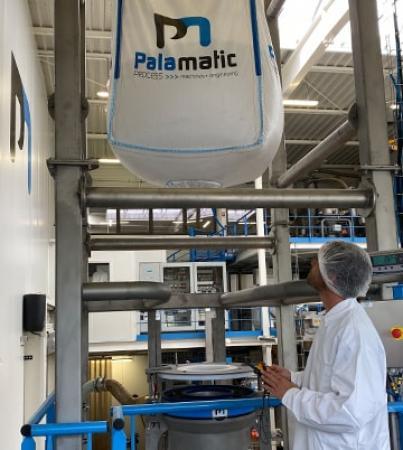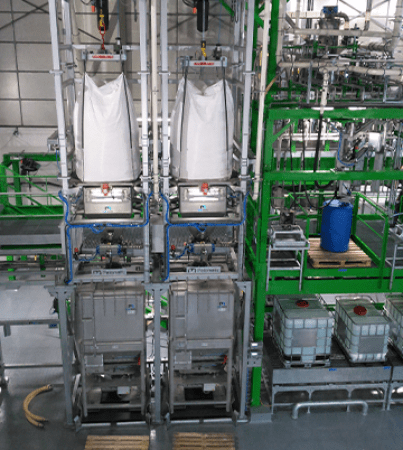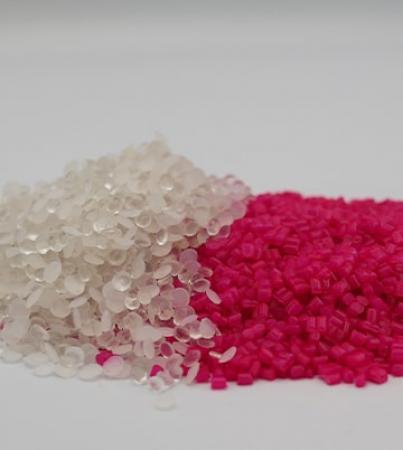1. Main characteristics of silica
Silica, the natural form of silicon dioxide (SiO2), exists in various crystalline and amorphous forms. Abundant in nature, it is one of the main minerals in the earth's crust as it is the most common element in the lithosphere after oxygen.
It is mainly found in the form of quartz (granite, pegmatites, quartzite, sand) and to a lesser extent, cristobalite and tridymite (volcanic rocks).
Silica powder is white in appearance. The density of silicon dioxide is 2.334 g · cm-31. Its bulk density depends on the method of densification, but it is generally between 400 and 650 kg / m³.
Its solubility in water depends on its initial form. When of crystalline origin, silica is insoluble in water and in organic solvents.
The kind of silica most handled in the industrial environment is fumed silica. Its bulk density is between 0.16 and 0.19 g / cm³. We can also mention perlite, which constitutes a siliceous sand of volcanic origin, and has a high water retention capacity.
2. Main applications of silica
Silica powder has many industrial applications.
It can be used as an electrical insulator in the field of microelectronics, or as an ingredient for the pharmaceutical and food industries.
In the food industry, silica is used as an additive (E 551) but also as an anti-caking agent in powdered foods, a sticky and stabilizing agent in liquids such as wine, beer or fruit juices.
Silicon dioxide is also widely used in the construction and public works sector for extraction of aggregates and industrial minerals and for stone cutting.
It is also found in the fields of painting, paper, optics, cosmetics and even pet care.

3. Industrial handling of silica
Silica powder is not easy to handle as its light density lends itself to poor flow characteristics. Further flow property issues can be dealing with how easily the powder becomes viscous and forms lumps.
Silica dust has been recognized as toxic because of its very fine particle size and hardness. When handling silica powder, it is essential to protect operators by combating air contamination and maintaining a confined atmosphere in your production site. In addition to adequate equipment, wearing PPE is strongly recommended, including the provision of respiratory protection or coveralls with disposable hood.
4. Applications of silica with Palamatic Process equipment
Palamatic Process can assist you in handling silica powder to obtain efficient production while guaranteeing a maximum level of operator safety. Equipment dedicated to silica powder has been designed to meet these specificities.
Whether it is transfer, emptying, conditioning, mixing or even crushing operations, closed systems that are designed to be dust-tight are recommended.
For the construction and mining industries, crushers and conveyor belts with a suction booth placed under vacuum can be implemented.
EasyFlow® bulk bag unloading stations with unlacing cabinets provide access to a sealed connection head for a healthier and safer working atmosphere via the confinement of potential silica fumes. The product can be transferred using a rotary valve to an industrial mixer.
If you are faced with demanding hygienic standards, Palamatic's Easy Clean® range ensures easy cleaning of your machines with reduced dismantling time.
In order to avoid a dusty environment, which would be dangerous for operators working on the line, a dust collection system can be adapted to the type of silica you are handling. For example, you can directly clamp your line to a dust collection device at the source.
5. Palamatic Process customer applications with silica
Palamatic Process experts know silicon dioxide and are available to help you characterize it in our powder lab before any equipment is installed in your production plant.
Several installations at our customers' sites dealing with silica powder testify to our know-how and the suitability of our equipment to meet industry regulations. Check them out below:
- Mixing and packaging of phytotherapeutic products
- Mixing line of natural additives for veterinary use
- Transport of silica powder to the paster
- Silica bulk bag unloading system
- Powder grinding and silica packaging for a foundation production line

















